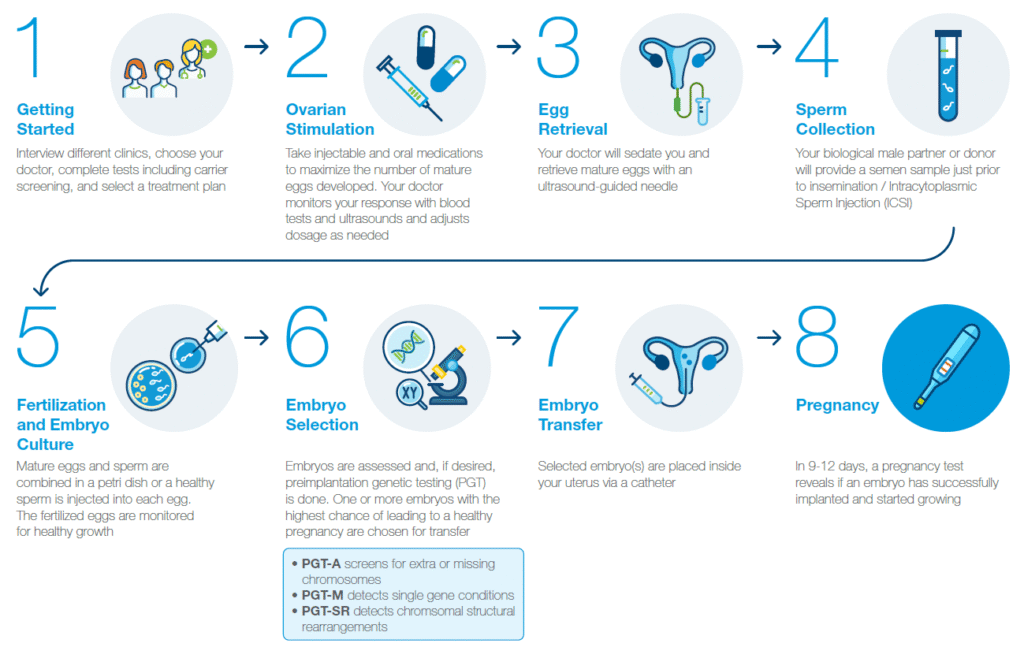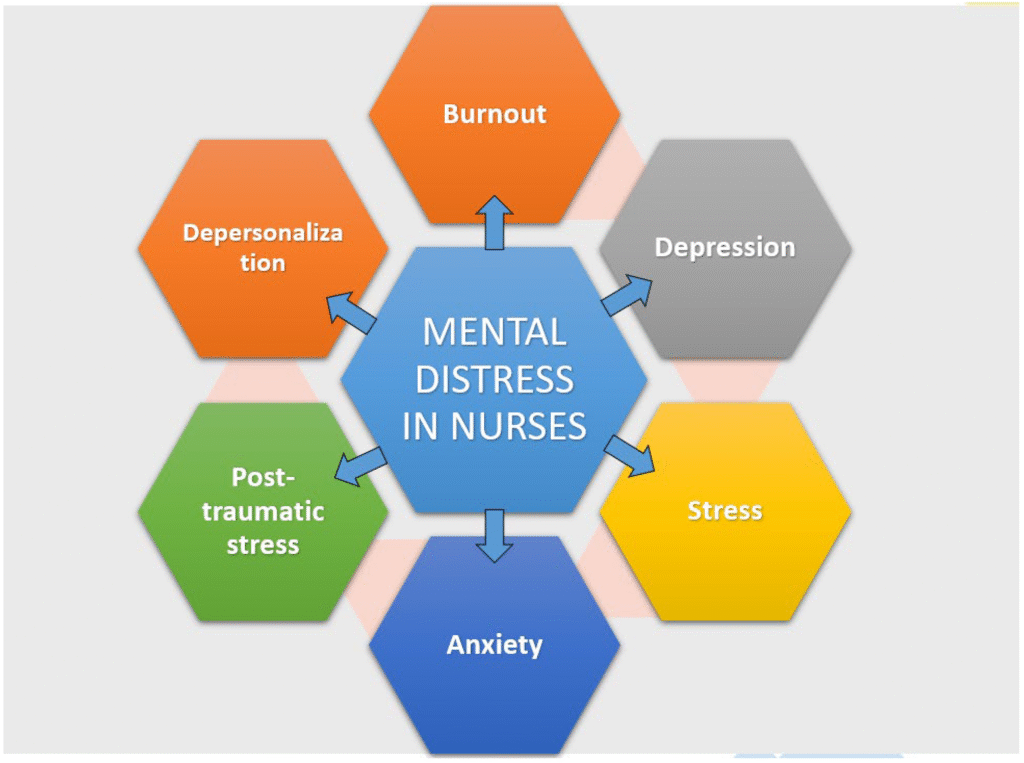Pregnancy Breakthrough: 5 Revolutionary Ways AI is Transforming Hereditary Screening
This opening paragraph introduces the profound emotional landscape of pregnancy, framing it as a journey filled with both hope and anxiety. It establishes that for decades, the process of screening during a pregnancy has been complex and often uncertain. The paragraph’s core argument is that we are now witnessing a revolution in the care surrounding a pregnancy, specifically in genetic screening, driven by Artificial Intelligence (AI).
It immediately clarifies a crucial point: the role of AI in a pregnancy is not to replace medical experts but to empower them and the expecting parents. This signifies a major shift in how we manage the health of a pregnancy, moving from a generalized standard of care to a highly personalized experience for each unique pregnancy. The central purpose of this pregnancy is to be supported by the most accurate information possible, which AI helps to provide. Ultimately, this transformation aims to improve outcomes for every pregnancy and reshape the future of family-building, making the entire journey of pregnancy one that is better informed and supported.

Understanding the Establishment: What is Pre-birth Hereditary Screening?
Before diving into AI’s part, it’s basic to get it what we’re upgrading. Pre-birth hereditary screening includes a suite of tests outlined to survey the hazard of a baby having certain chromosomal anomalies or hereditary conditions.
Common conditions screened for include:
- Trisomy 21 (Down Disorder): Caused by an additional duplicate of chromosome 21.
- Trisomy 18 (Edwards Disorder): Caused by an additional duplicate of chromosome 18.
- Trisomy 13 (Patau Disorder): Caused by an additional duplicate of chromosome 13.
- Sex Chromosome Aneuploidies: Conditions like Turner disorder or Klinefelter syndrome.
- Microdeletion Disorders: Such as 22q11.2 erasure disorder (DiGeorge syndrome).
Traditional screening strategies include:
1.First-Trimester Screening: A combination of a blood test from the mother and an ultrasound estimation of the nuchal translucency (liquid at the back of the baby’s neck).
2.Second-Trimester Screening (Quad Screen): A blood test that measures four particular substances.
3.Cell-Free DNA (cfDNA) Screening (NIPT – Non-Invasive Pre-birth Testing): A progressive blood draw from the mother that analyzes modest parts of the placenta’s DNA circulating in her circulatory system. This is where AI is making its most noteworthy quick impact.
These screens are not symptomatic; they gauge hazard. A “high-risk” result ordinarily leads to demonstrative tests like Chorionic Villus Testing (CVS) or amniocentesis, which carry a little hazard of miscarriage.
How AI is Revolutionizing the Prepare: The Specialized Breakthroughs
Artificial Insights, especially its subfields of machine learning (ML) and profound learning, exceeds expectations at one thing: finding complex, covered up designs inside gigantic, multidimensional datasets. This capability is superbly suited to the world of hereditary qualities, which is basically a tremendous, complex code of natural information.
Here’s how AI is being connected at each stage:
1.Supercharging Non-Invasive Pre-birth Testing (NIPT)
NIPT was a monster jump forward, but its examination is computationally seriously. AI calculations are taking it to the following level.
- Enhanced Precision in Aneuploidy Location: Early NIPT strategies seem some of the time abdicate wrong positives or negatives, particularly in cases of moo fetal division (the sum of placental DNA in the mother’s blood). AI models are prepared on millions of cfDNA sequencing comes about. They learn to recognize unobtrusive designs and commotion with superhuman accuracy, altogether lessening false-positive rates and progressing discovery affectability for common trisomies, indeed at exceptionally moo fetal fractions.
- Expanding the Scope of Screening: Whereas standard NIPT looks for major chromosomal issues, AI is empowering the look for much rarer and harder-to-find conditions. Microdeletions—tiny lost pieces of chromosomes—are fantastically challenging to distinguish from the cfDNA “soup.” AI calculations can be prepared to recognize the swoon flag of a microdeletion in the midst of the foundation clamor, possibly screening for handfuls of uncommon disorders from a single blood draw, in spite of the fact that this application is still advancing and requires cautious counseling.
2.The Control of Pre-birth Imaging and Ultrasound Analysis
Ultrasound is a foundation of pre-birth care, but its elucidation is exceedingly subordinate on the sonographer’s expertise and involvement. AI is getting to be a capable moment match of eyes.
- Automated Estimation and Biometry: AI-powered computer program can naturally distinguish key fetal structures (the head, midriff, femur) and perform estimations with mind blowing speed and consistency. This decreases human mistake and inconstancy, guaranteeing development is followed precisely all through the pregnancy.
- Early Inconsistency Discovery: Profound learning models are being prepared on hundreds of thousands of ultrasound pictures labeled with particular irregularities (e.g., heart absconds, spina bifida, cleft lip). These models can filter modern pictures in real-time, hailing potential concerns for the sonographer and radiologist to survey more closely. This doesn’t supplant the proficient but acts as a security net, possibly catching inconspicuous signs that might be missed.
- 3D/4D Ultrasound Recreation: AI calculations can improve picture quality, diminish clamor, and indeed develop high-resolution 3D models of the embryo from 2D ultrasound information, giving breathtaking clarity for both restorative conclusion and parental bonding.
3.Coordination Multi-Omics Information for a All encompassing View
This is the genuine wilderness of AI in pre-birth care. “Multi-omics” alludes to the combination of distinctive natural information layers: genomics (DNA), transcriptomics (RNA), proteomics (proteins), and metabolomics (metabolites).
An AI framework can integrate:
- Mother’s cfDNA NIPT data
- Mother’s therapeutic history and age
- Biochemical markers from blood tests
- Ultrasound imaging data
- Genetic data from both guardians (on the off chance that available)
By analyzing all these information focuses together, AI can move past surveying hazard for a single condition and create a all encompassing fetal wellbeing appraisal. It might foresee the hazard of preeclampsia, preterm birth, or fetal development confinement by distinguishing complex, interconnected designs that are imperceptible to the human eye or conventional factual models.
The Human Affect: Benefits for Hopeful Guardians and Clinicians
The specialized progressions are noteworthy, but their genuine esteem lies in the unmistakable benefits they deliver.
For Eager Parents:
- Greater Certainty and Decreased Uneasiness: More exact screening implies less untrue cautions. This saves incalculable families the seriously uneasiness and push that takes after a “high-risk” screen and the troublesome choice of whether to experience an intrusive symptomatic procedure.
- Earlier and More Educated Decision-Making: With clearer, quicker comes about given by AI-accelerated investigation, guardians have more time to get it their choices, look for hereditary counseling, and make choices that are right for their family.
- Personalized Care Pathways: AI makes a difference make a interesting chance profile for each pregnancy, permitting care to be custom-made. A pregnancy hailed with a higher chance for a particular condition can get more focused on observing, whereas a low-risk pregnancy can maintain a strategic distance from pointless interventions.
- Access to Skill: AI-powered ultrasound devices can offer assistance level the playing field, giving clinicians in inaccessible or underserved regions with decision-support instruments that mirror the mastery of a pro at a major therapeutic center.

For Healthcare Providers:
- Enhanced Symptomatic Exactness: Clinicians are prepared with capable apparatuses that make strides the exactness of their evaluations, driving to more certain analyze and administration plans.
- Workflow Effectiveness: Computerized estimation and examination in imaging and lab information free up important time for sonographers and specialists, permitting them to center more on persistent interaction and complex case analysis.
- Data-Driven Experiences: AI can offer assistance recognize unused relationships and designs over tremendous populaces, contributing to restorative inquire about and a more profound understanding of fetal improvement and hereditary diseases.
Navigating the Moral Scene: Challenges and Considerations
With awesome control comes incredible duty. The integration of AI into something as touchy as reproduction brings forward basic moral questions that society must address.
- The “Dark Box” Issue: A few complex AI models are equivocal; we see the input (information) and the yield (a hazard score), but not the correct thinking in between. In medication, understanding why a choice is made is pivotal for believe and approval. Creating “reasonable AI” is a major focus.
- Data Security and Security: Pre-birth hereditary information is among the most delicate individual data possible. Strong, straightforward systems must be in put to oversee how this information is collected, put away, utilized, and ensured from abuse (e.g., protections discrimination).
- Informed Assent and Hereditary Counseling: As AI empowers screening for a more extensive cluster of conditions, the pre-test counseling handle gets to be more basic than ever. Guardians must completely get it what is being screened for, the restrictions of the innovation, and the potential suggestions of the comes about. The part of the hereditary counselor gets to be more imperative, not less.
- Algorithmic Inclination: AI models are as it were as great as the information they are prepared on. If preparing information is transcendently from populaces of European plummet, the AI may be less precise for individuals of other ethnicities, possibly worsening wellbeing abberations. Guaranteeing differing and agent preparing datasets is a non-negotiable moral imperative.
- The Potential for “Creator Babies”: Whereas current AI applications are centered on screening for genuine wellbeing conditions, the innovation seem hypothetically be utilized to select for non-medical characteristics. This raises significant moral and societal questions that require progressing open exchange and strict administrative boundaries.
The Future is Presently: What’s Following for AI in Pre-birth Genetics?
The pace of advancement is breathtaking. In the close future, we can expect:
- Routine Whole-Genome Screening from cfDNA: AI will be basic to oversee and translate the stunning sum of information from sequencing a fetus’s whole genome from a maternal blood test, making comprehensive hereditary knowledge a standard portion of pre-birth care.
- AI-Powered Computerized Twins: Making a recreated, computerized demonstrate of the fetal heart or brain based on ultrasound and MRI information. Specialists might utilize this “computerized twin” to recreate the impacts of a potential surgery or treatment some time recently the child is indeed born.
- Predictive Wellbeing Analytics: AI will likely foresee not fair hereditary conditions but too the child’s deep rooted inclination to certain common illnesses like diabetes or heart conditions, permitting for early preventative way of life planning.
- Seamless Integration into Clinical Workflows: AI will ended up an imperceptible, consistent portion of the pre-birth clinic, coordinates into ultrasound machines and lab frameworks, giving real-time bits of knowledge to clinicians without hindering their workflow.
Conclusion: A Association for a More advantageous Future
Fake Insights (AI) not as a substitution for human care in pregnancy but as a crucial accomplice. The central topic is that AI serves as a modern apparatus that improves, or maybe than supplants, the skill of specialists and hereditary counselors amid the sensitive travel of pregnancy.
The section highlights the coordinate benefits for eager guardians, expressing that this association gives more noteworthy clarity and decreases uneasiness all through the pregnancy. It moreover enables clinicians with way better instruments, eventually pointing for the best conceivable care. The creator stresses that the future of this innovation in pregnancy must be taken care of with genuine moral consideration.
The last, optimistic sentence looks forward to a future where each single pregnancy is bolstered by the most progressed and compassionate care conceivable, specifically coming about from this capable integration of AI. In quintessence, the conclusion contends that the mindful utilize of AI in hereditary screening will lead to more beneficial results for each pregnancy, making the whole encounter more secure and superior backed.